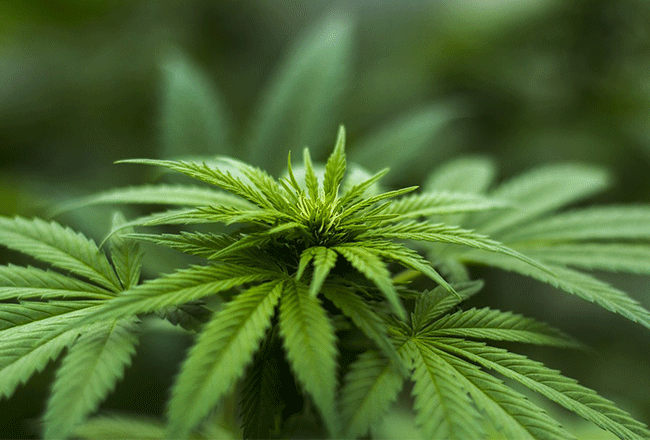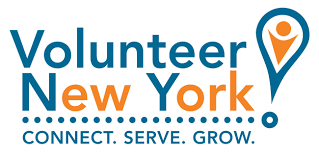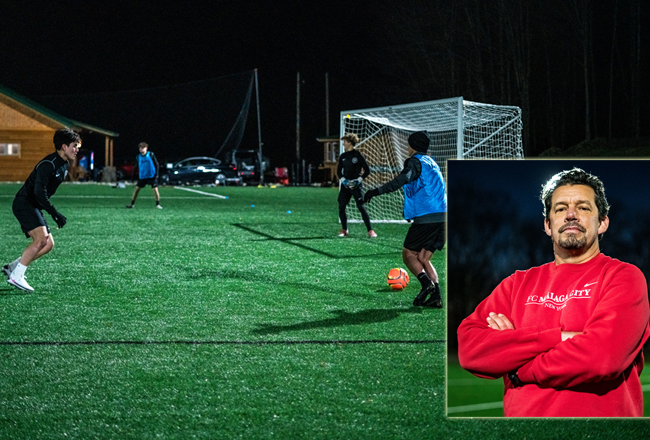Democratic Gov. Andrew M. Cuomo and legislative leaders have reached agreement on legislation to legalize the use of marijuana by adults in New York state.
Since Senate Majority Leader Andrea Stewart-Cousins has thrown her support behind Senate Bill S.854-A/A and Assembly Speaker Carl Heastie supports Assembly Bill 124-A, its passage is a virtual certainty with Democrats controlling both houses.
 Votes on the legislation in the Senate and Assembly are expected this week. The date on which marijuana use would become legal depends on when all required programs, regulations and procedures are in place.
Votes on the legislation in the Senate and Assembly are expected this week. The date on which marijuana use would become legal depends on when all required programs, regulations and procedures are in place.
Legal use of cannabis in the state would be restricted to adults. The legislation would establish the Office of Cannabis Management as part of the State Liquor Authority. It would be charged with creating and putting into effect a regulatory framework that would cover medical and other adult uses while expanding the existing medical marijuana and cannabinoid hemp programs.
It would be governed by a five-member board. The governor would appoint three members and the Senate and Assembly each would have one appointment.
There would be a licensing system for marijuana producers, distributors, retailers and others involved in the cannabis market. There also would be a program to assist individuals who had previously been impacted by cannabis enforcement and now want to participate in the industry.
Cities, towns, and villages would be allowed to opt-out of allowing adult-use cannabis retail dispensaries in their communities or allowing on-site consumption licenses by passing a local law by Dec. 31, 2021, or nine months after the effective date of the legislation. They cannot opt-out of the basic legalization of marijuana use in their communities.
Cuomo”™s office suggests that tax collections from the adult-use cannabis program are projected to reach $350 million annually and that 30,000 to 60,000 jobs could be created.
Tax revenue would be deposited in a special fund that would be split three ways: 40% to education; 40% to a community grants reinvestment fund; and 20% to a drug treatment and public education fund.
There would be a tax structure based on the amount of the chemical THC that is present in the product with rates depending on final product type. There would be a retail excise tax of 9% of the selling price with a local excise tax rate of 4%. The local tax would be split between the county and municipality with the county receiving 25% of the local retail tax revenue and 75% going to the municipality.
The list of medical conditions for which marijuana could be used would be expanded and medical cannabis would be allowed to be grown at home for use by patients.
Driving while under the influence of marijuana would remain prohibited.
When outside of the home, people would be allowed to have with them up to 3 ounces of cannabis and 24 grams of cannabis concentrate. Home growing would be limited to a maximum of three mature plants and three immature plants per person or six of each per household. The substances would have to be kept in a secure location away from children.
Cuomo said. “Legalizing adult-use cannabis isn’t just about creating a new market that will provide jobs and benefit the economy ”“ it’s also about justice for long-marginalized communities and ensuring those who’ve been unfairly penalized in the past will now get a chance to benefit. I look forward to signing this legislation into law.”
Stewart-Cousins, who is from Yonkers, said, “I am glad we are stepping up to give New Yorkers the fair and equitable adult-use marijuana market they deserve.”
A number of organizations, including the Medical Society of the State of New York, the state PTA and the state Sheriff’s Association are opposed to legalization.
In a March 11 letter, the groups stated:
“The legalization and commercialization of recreational marijuana creates a serious public and child health threat and sends a mixed message to young people that using recreational marijuana is acceptable.
“Further, legalization of recreational marijuana would further strain the public health workforce and professionals who are responding day and night to the Covid-19 pandemic. We need to take a cautious approach to protecting public health infrastructure in New York state.
“We are in the midst of the Covid-19 pandemic, and with the serious crisis of youth vaping and the continuing opioid epidemic, this harmful legislation is counterintuitive.”



















